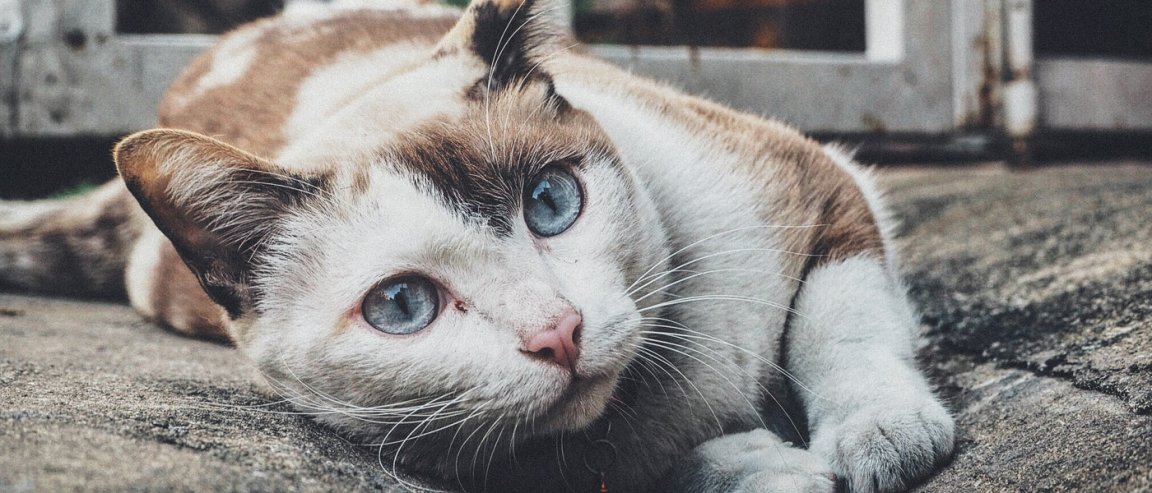
Out of the Bag
In a rather remarkable, but extremely rare case, a veterinarian recently caught a form of bird flu after being in close contact with cats in a Manhattan animal shelter. Yes, this means that the disease effectively “jumped” species. It’s the first known case of a human contracting the H7N2 influenza A virus strain from an infected cat, according to New York’s Department of Health and Mental Hygiene.
Obviously, this has gotten people, especially cat owners, worried. “Every time a virus adapts in a new animal, like a bird to a cat, we get concerned about the health of the cats and the humans who care for those cats,” said NYC health department deputy commissioner for disease control, Dr. Jay Varma.
But, and this is the key, the risk of getting infected with this form of bird flu is very, very minimal. Ultimately, this fact reinforces the importance of reading before reacting. Since the U.S. election, conversations regarding “fake news” have been taking place across the internet, and (perhaps rightly) many have been placing the blame on those who fail to do proper research. Indeed, a quick glance at the comment section of articles covering this topic reveals a host of individuals that seem overly concerned about “a new plague.”
This echoes the fearmongering that happened when there was a case of ebola in the United States. At the time, we reported what the experts had to say—that there was no threat of an epidemic in the U.S. Sadly, most did not listen. Even the politicians did not listen. Instead, driven by fear and virtual ebola hysteria, New Jersey Governor Chris Christie quarantined individuals without cause and in opposition to expert opinion. The leader of the National Institute for Allergies and Infectious Diseases called Christie’s decision “draconian,” while other asserted that it was clearly a political move meant to garner support by leaching off individuals’ fear.
Fortunately, experts are once again asserting that there is no real cause for fear, though (as always) they are urging caution and vigilance.
“Our investigation confirms that the risk to human health from H7N2 is low, but we are urging New Yorkers who have adopted cats from a shelter or rescue group within the past three weeks to be alert for symptoms in their pets,” said health commissioner Dr. Mary T. Bassett. “We are contacting people who may have been exposed and offering testing as appropriate.”

Crossing the Species Barrier
The NYC Health Department confirmed that about 45 cats in that Manhattan shelter have been infected by the virus. They also have an idea of which cat was “patient zero”, so to speak, but how it got the bird flu remains largely unclear.
“We have a suspicion of the initial cat that likely introduced this,” Varma said. The bird flu turned kitty flu first infected an older and already frail cat, about 12 in human years. How it contracted the virus isn’t clear. One possibility is that it swallowed an infected bird, or it could’ve gotten it from another stray cat.
“Unfortunately, it initially developed mild illness and progressed to pneumonia and eventually was euthanized because the illness was so severe,” Varma added. “It was the humane thing to do.” The other infected cats, however, were not as badly affected.
Scientists are still trying to sort out the specifics related to how this jump occurred, but for now, the important thing to remember is that we should always let reason and sound science guide our response. We should be skeptical. We should question. We should demand evidence. But we must not allow fear to override reason and be our guide.